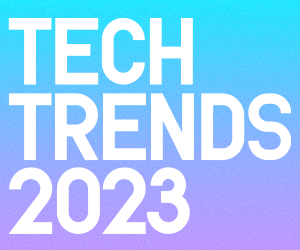K–12 schools have always had an inspiring mission — to prepare the next generation to lead — and IT staff have always worked to help educators fulfill this critical mission, often with limited budgets. However, for many, removing legacy technology and upgrading schools with more efficient tools is more than a math problem; it’s a solution. School leaders see technology as an investment in their students that can pay dividends far into the future.
Sometimes, technology impacts in K–12 are fairly easy to appreciate. At other times, IT teams must help their peers understand that investment. For example, when hunting for a replacement for his district’s aging servers, IT Manager Chris Bowers at New Albany–Floyd County Consolidated School Corp. in Indiana turned to hyperconverged infrastructure. He says switching to HCI “provided substantial upfront savings and … ongoing time savings for our staff,” all with no downtime.
IT Leaders Must Join High-Level Conversations
While money-saving technology is indeed exciting, savings are not always inherent. This is why, when IT leaders talk with stakeholders across their districts about funding tech, they must get comfortable discussing IT’s role in the mission.
At Saddleback Valley Unified School District in Southern California, CTO Ozzy Cortez knows strategic conversations are key to sustaining technology investments far into the future.
Click the banner to explore the latest technology trends in K–12 schools.
“When you’re talking about lifecycle management,” he advises, “you need to make sure that technology services has a seat at the cabinet level, and that the department’s plans are in tune with the board’s goals.”
Chris Jenks, technology director for Tuscaloosa City Schools in Alabama, says it’s crucial to explain to the community why tech investments for physical security are needed.
“When it comes to safety, and probably because of our track record, our school community trusts us,” he says. “We don’t want to jeopardize that trust, so we’re continually having these conversations.”
Technology and mission should not be separate considerations in education — not when it comes to preparing tomorrow’s leaders. With a little help from IT, these core concepts can meaningfully coexist.
Check out our In This Issue video!










